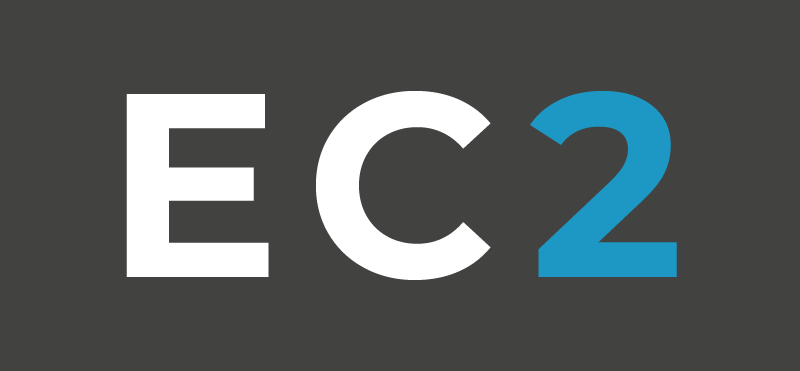The economic outlook for 2025 suggested a soft landing. According to BDC data, with inflation reduced to 2%, declining interest rates, and a projected GDP growth of 1.5%, several indicators pointed to a more favorable environment for Canadian businesses. Household consumption was on the rise (+0.9% in the third quarter), supporting the recovery of the real estate market and investments.
That was before Donald Trump was inaugurated for a second term. Since his return to the White House, the American president has made numerous announcements regarding the imposition of tariffs on Canadian products. These measures, which evolve with his statements, alternating between delays, adjustments, and new sanctions, have plunged exporters into total uncertainty.
Strategies to Weather the Storm
In this period of instability, businesses must make strategic decisions to protect themselves. Faced with trade tensions and economic risks, how can resilience and competitiveness be ensured in 2025? Here are some recommended actions:
- Thoroughly assess the company’s financial health: It is essential to base decisions on factual financial data analysis rather than intuition. Using tools such as break-even calculations, operating budgets, and cash flow planners helps anticipate difficulties and adjust strategies accordingly.
- Prepare different scenarios: This involves evaluating the company’s vulnerability to various potential shocks, such as a drop in sales, price fluctuations, or changes in cost structure.
- Maintain constant dialogue with key customers and suppliers: Ensuring operational continuity requires regular communication. It is also crucial to carefully review contractual clauses in case of tariff impositions.
- Optimize cost structure: Identifying and eliminating unnecessary expenses, examining recurring costs, and eliminating unprofitable products or services are all adjustment levers to preserve profitability.
- Reevaluate pricing policy: Adapting prices based on what customers are actually willing to pay and competitors’ strategies is essential. Exploring tactics such as highlighting high-margin products, competitive price monitoring, or seeking new suppliers and materials can also contribute to better cost control.
Productivity: A Fundamental Pillar of Long-Term Resilience
Despite an uncertain context, some businesses manage to stand out. Improving productivity is a key factor in resilience. BDC data shows that the most successful SMEs achieve significantly better results than their competitors: they generate six times more sales, four times more profits, and an EBITDA 3.5 times higher.
To achieve these results, several levers should be prioritized:
- Invest more in digital technologies, automation, and artificial intelligence: These tools help better control costs, increase sales, address labor shortages, and better face periods of uncertainty.
- Diversify activities: This diversification can be geographical (exploring new markets through free trade agreements with the European Union or Pacific countries), but also concern suppliers, product and service offerings, or sales channels.
Preparing for uncertainty also means building a solid network of partners and surrounding yourself with professionals capable of enlightening strategic decisions. Our experts at EC2 can help you turn these challenges into opportunities.
Contact us to find out how we can support you in this new economic environment.






